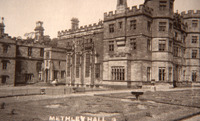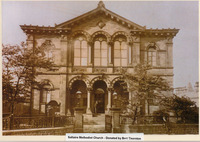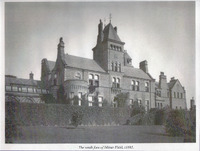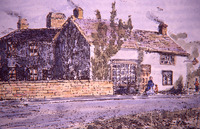Places
Item set
Catalogue data (excluding media) available under Creative Commons Attribution-ShareAlike (CC BY-SA 4.0) licence.
 Methley, West Yorkshire, United Kingdom
Methley, West Yorkshire, United Kingdom  Methodist Church building, Saltaire, West Yorkshire, United Kingdom
Methodist Church building, Saltaire, West Yorkshire, United Kingdom  Milner Field, Bingley, West Yorkshire, United Kingdom
Milner Field, Bingley, West Yorkshire, United Kingdom  Morley, West Yorkshire, United Kingdom
Morley, West Yorkshire, United Kingdom Catalogue data (excluding media) available under Creative Commons Attribution-ShareAlike (CC BY-SA 4.0) licence.